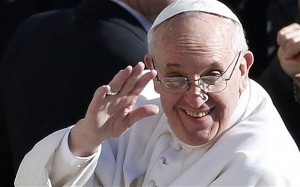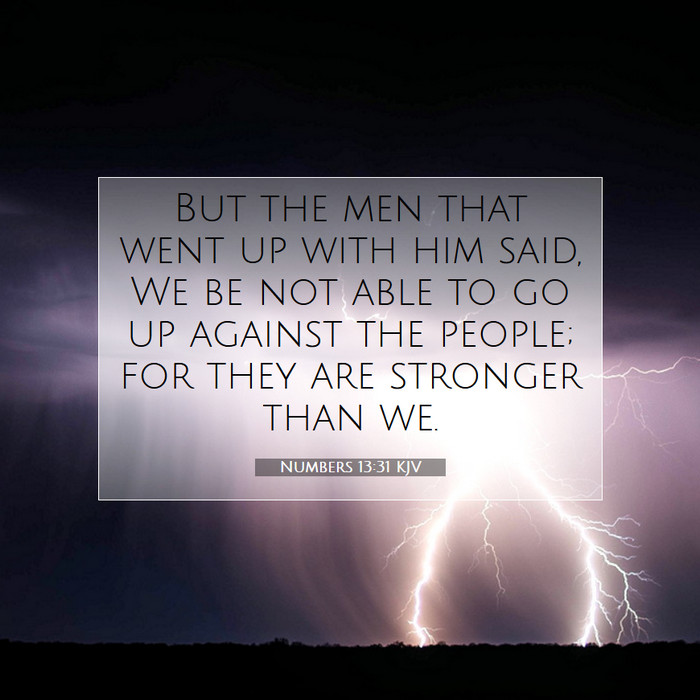The Weekly Francis is a compilation of the Holy Father’s writings, speeches, etc., which I also cross-post on Jimmy Akin’s blog.
This version of The Weekly Francis covers material released in the last week, from 3 August 2023 to 15 August 2023.
Angelus
- 13 August 2023 – Angelus
- 15 August 2023 – Angelus, Solemnity of the Assumption of the Blessed Virgin Mary
Speeches
Papal Instagram






